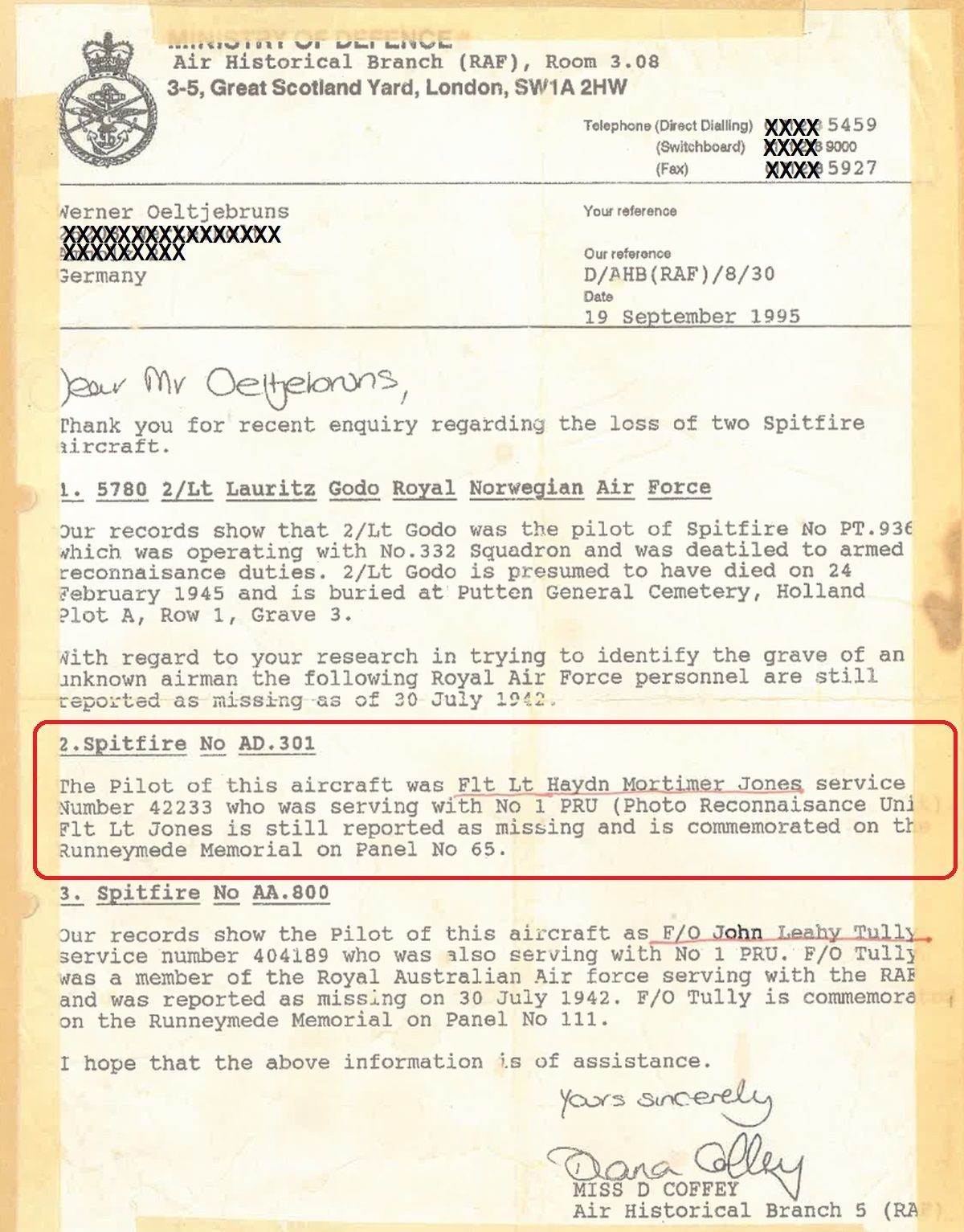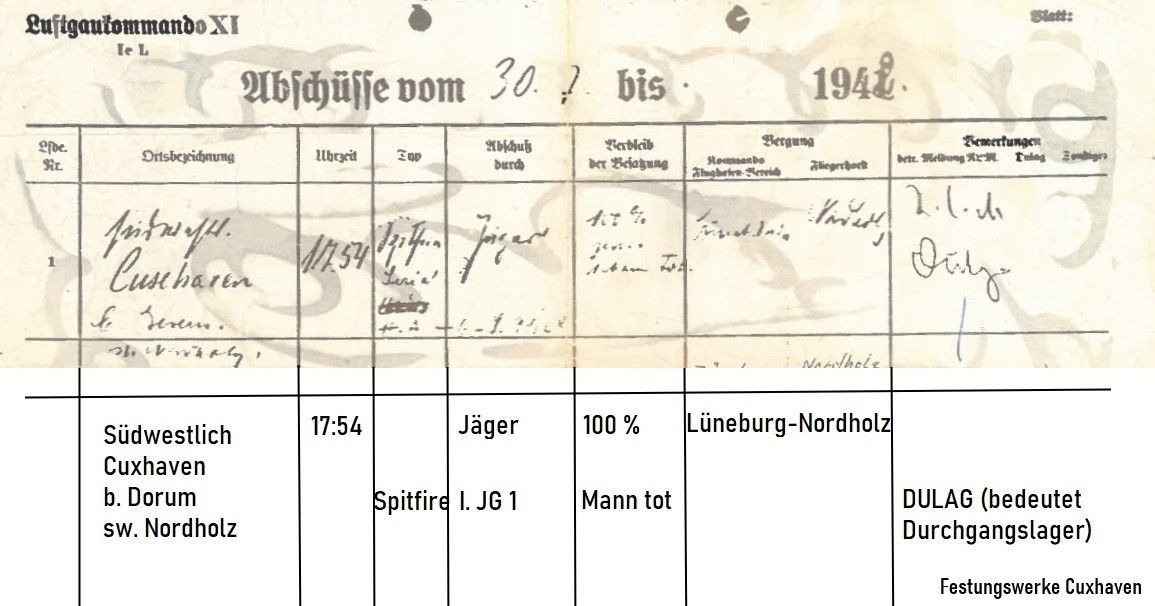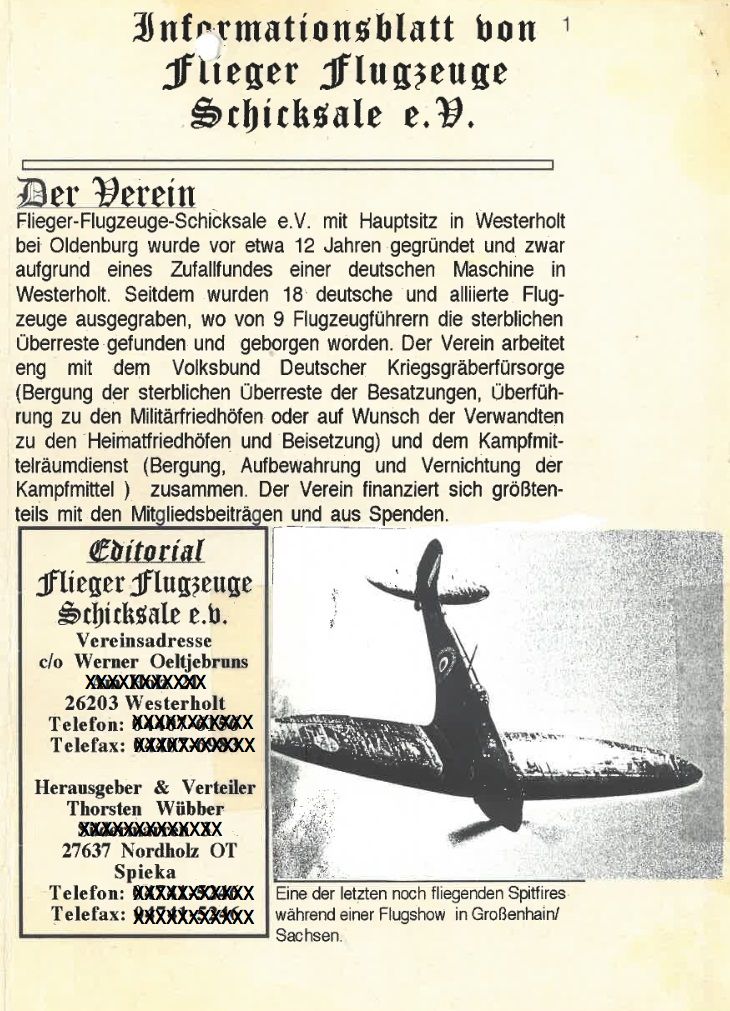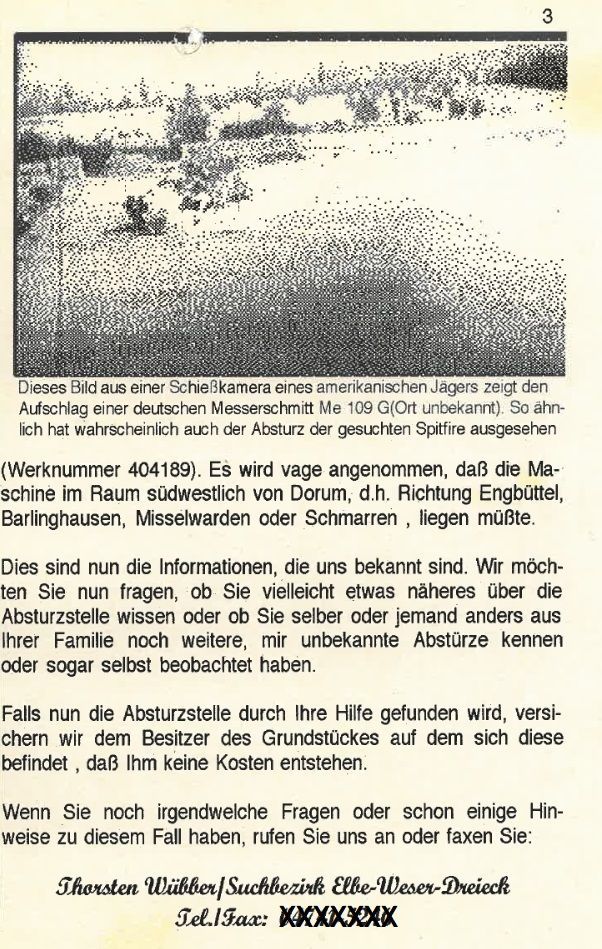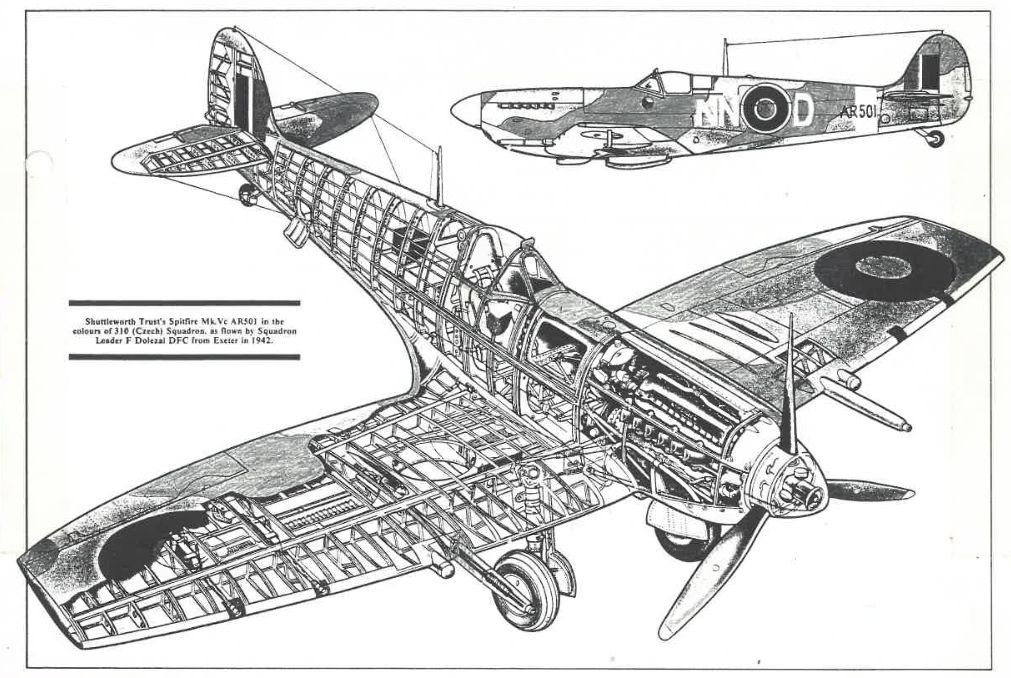
On July 30, 1942 at 3:30 p.m., twenty-six-year-old Flight Lieutenant Haydn Mortimer Jones of the Royal Air Force took off from Benson Air Base in England. He flew mission C/131 in his Spitfire PR.IV (AB301). The objective was aerial reconnaissance in the area of Lübeck and Hamburg, following a previous bombing raid on the two cities. During the flight towards Lübeck, German air traffic control spotted the reconnaissance aircraft flying past in the area of the North Frisian coast. An immediate alarm was raised for the 1st Group of Fighter Wing 1 (Oesau) at Husum Air Base. Interceptors were immediately launched and began to pursue it. Corporal Hans Helmut Koch spotted the British reconnaissance aircraft shortly after takeoff and pulled his Focke Wulf 190 A up in a steep flight in order to quickly gain altitude. Lieutenant Jones must have noticed the approaching fighter in the meantime and apparently changed course to the south to escape the German plane. But NCO Koch managed to catch up with the British plane and a chase developed in the airspace of Dorum-Nordholz. The Spitfire repeatedly tried to outrun the German Focke Wulf by making tight turns. Over the Cuxhaven district of Berensch, the German fighter plane managed to hit the unarmed reconnaissance plane with a burst of machine gun fire, damaging it so badly that one of the Spitfire's wings was torn off. The plane crashed to the ground with a clear plume of smoke and exploded on impact just behind the local sand pit in the heath. Pilot Haydn Mortimer Jones was killed in this aerial battle. After his death, he was buried as an unknown soldier in the Berensch cemetery, as his identity could not be established at the time. After the end of the war, his body was exhumed and taken to the Becklingen-Oehus soldiers' cemetery near Soltau, where he was also buried as an unknown soldier. Even after the war, a final investigation was never carried out that could have determined who the dead pilot actually was. Based on current knowledge, however, it can only be Haydn Mortimer Jones. He is said to be buried in plot 27, row B, grave number 3.
Extract from the log book of the Berensch Volunteer Fire Department
Deployment during the crash of a British aircraft on 30 July 1942:
At 5:30 p.m., an air raid warning sounded from a great height. Engine noises could be heard. After a short time, two planes appeared, an English reconnaissance plane being pursued by a German fighter plane. The fighter tried to push the Brit down, who tried to escape by turning. At that moment, however, he received such a powerful machine gun fire that there was no way out. One wing came off, other parts swirled through the air. The plane gave off a lot of smoke and crashed north of Berensch, just behind the sand pit at the sports field. An explosion announced the impact and in an instant everything was in flames. The deputy fire chief, Comrade Ehlers, observed the events and gave the fire alarm at 5:35 p.m. All local active firefighters rushed to the crash site as quickly as possible, extinguished the burning heath and cordoned off the area. The wing smashed Heinrich Blohm's roof and remained lying on the beams. Luftwaffe soldiers from Nordholz air base recovered the remains of the two-man crew (but there was only one crew member) as well as the wreckage of the aircraft. The Berensch fire department was deployed with seven men for about four hours. The then 13-year-old contemporary witness Berthold Schumacher from Berensch confirmed this again in all points of his statement. Research by Thorsten Perl (née Wübber) on 18.10.1996
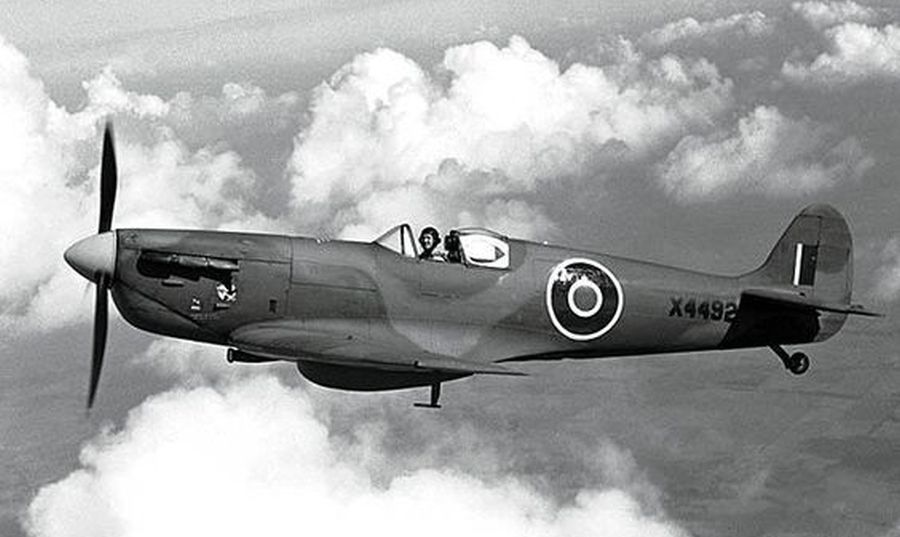
A British reconnaissance aircraft Supermarine Spitfire PR MK.V - example photo.
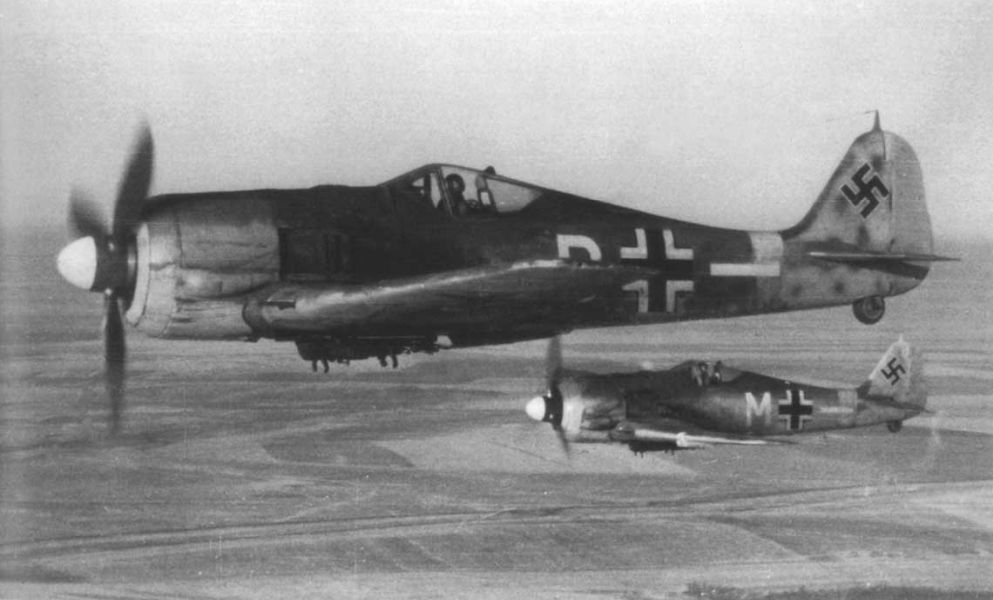
A German fighter, Focke Wulf 190 A - example photo.
Der Flyer von 1996 zur Suche vom Abschuß der AB301 der in Berensch auf die entsprechenden Zeitzeugen traf, die sich an den Vorfall erinnern konnten.
The Royal Air Force's report of missing Spitfires on that day, at the time three aircraft were possible. The aircraft of the Norwegian Lauritz Godo crashed in the Netherlands, where he was subsequently buried. Flight AA 800 with FO Trully flew to Bergen (Heidekreis) and was lost. One theory is that he lost his bearings on the return flight due to bad weather and crashed into the sea near the Orkney Islands. (Statement by a relative of Trully based on a single radar detection of an unknown aircraft late in the evening). The other is based on data from a historian from Norway. Reports on German anti-aircraft batteries show and describe how a Spitfire was shot down over Bergen by two Focke Wulf Fw190s on July 30, 1942. Ultimately, the aircraft of Fl.Lt. Haydn Mortimer Jones was identified at Berensch.
